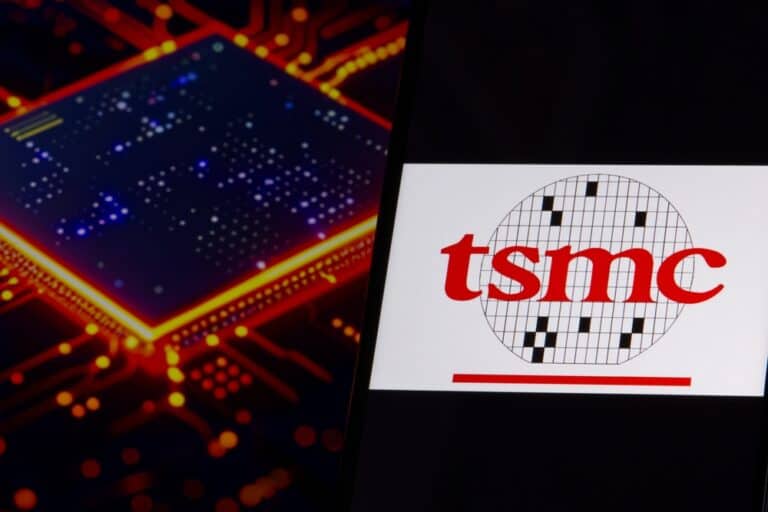TSMC continues to grow strongly, but is increasingly in Washington’s sights. The US government wants to force higher investments in American factories. It is still unclear whether exemptions from new import duties will ultimately prove beneficial.
TSMC posted a 26 percent increase in revenue in July 2025. Revenue amounted to 323.2 billion Taiwanese dollars (approximately 10.8 billion US dollars). This means that the Taiwanese chip manufacturer performed in line with analysts’ expectations, who are forecasting growth of around 25 percent for the third quarter. Revenue for the first seven months of this year is almost 40 percent higher than in the same period in 2024.
The increase is mainly attributed to continued demand for advanced chips used in artificial intelligence applications. TSMC is one of the most important suppliers for companies such as Nvidia and AMD, which in turn develop high-quality GPUs and other AI accelerators. At the same time, the company remains a major player in the smartphone market, which, according to Sony and others, is showing signs of recovery this year.
The stock market reacted positively to the figures. TSMC shares, listed in Taipei, reached a record high this week. Investors took into account not only the quarterly results but also geopolitical developments. The US government has announced new import tariffs on semiconductors. TSMC is largely unaffected by this, as the company is already investing in production capacity in the US.
America wants more investment
However, this exceptional position does not seem guaranteed. Reports from Golem, among others, indicate that Washington is putting pressure on TSMC to significantly increase its investments in the US. The Taiwanese manufacturer and its partners are currently working on two factories in Arizona, representing a combined investment of an estimated $165 billion. According to sources, the US authorities are aiming for a much higher total amount, possibly up to $300 billion, in exchange for structurally lower or avoided import tariffs.
TSMC has now confirmed that there are plans for a third factory in Arizona. This would significantly increase production capacity in the US. At the same time, the company appears to be placing projects in other countries, such as Japan, lower on its priority list. The shift emphasizes the strategic choice to focus more strongly on the North American market, where both demand and political pressure are high.
